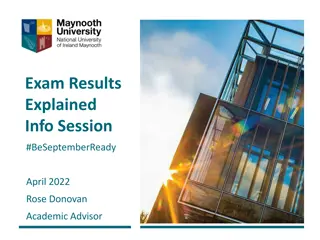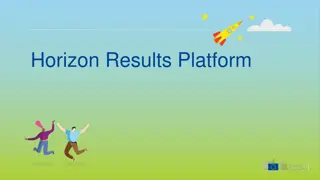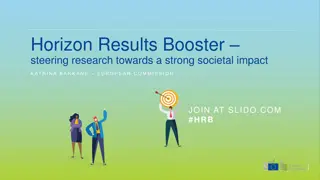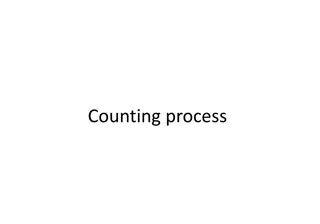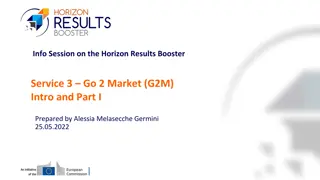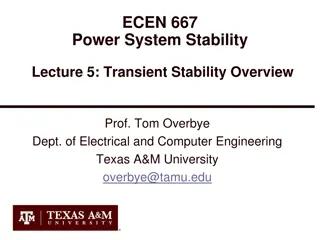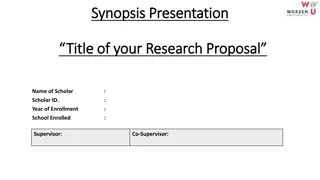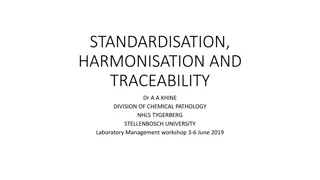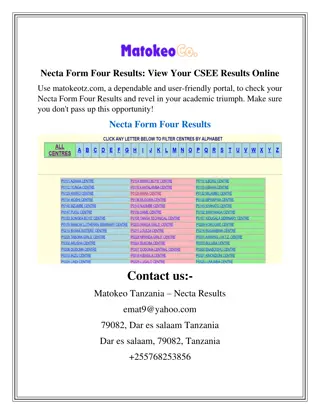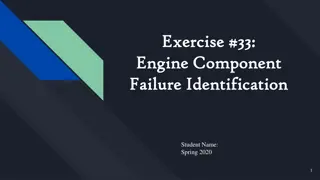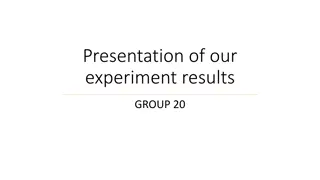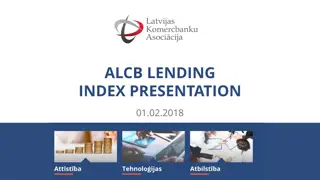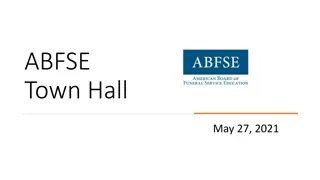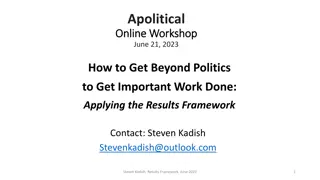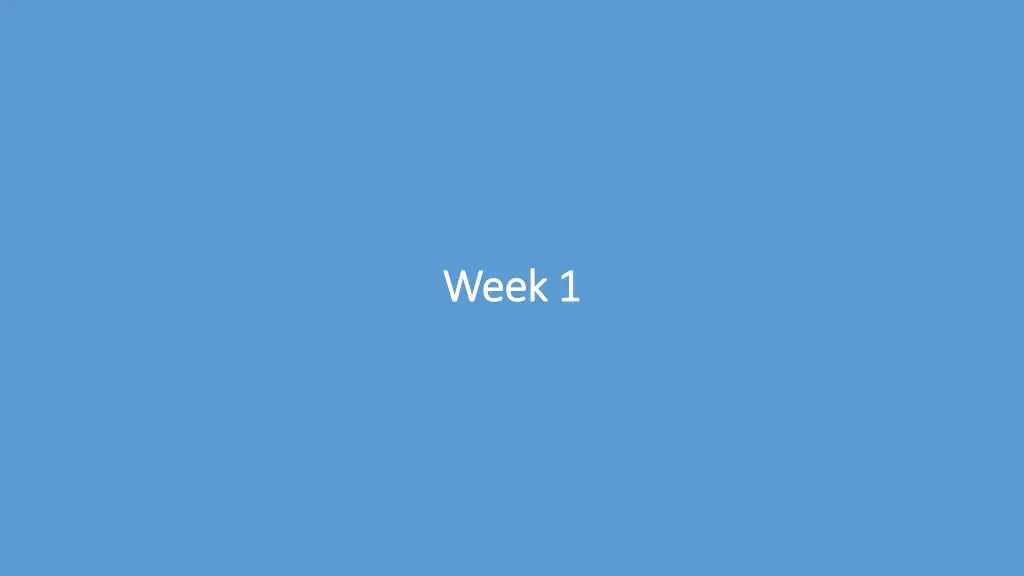
AI in Speech Recognition Challenges
Explore the intersection of AI and speech recognition through challenges like COVID-19 Cough Sub-Challenge and Speech Sub-Challenge. Dive into feature extraction and ML model ideas while replicating and analyzing results from various datasets.
Download Presentation

Please find below an Image/Link to download the presentation.
The content on the website is provided AS IS for your information and personal use only. It may not be sold, licensed, or shared on other websites without obtaining consent from the author. If you encounter any issues during the download, it is possible that the publisher has removed the file from their server.
You are allowed to download the files provided on this website for personal or commercial use, subject to the condition that they are used lawfully. All files are the property of their respective owners.
The content on the website is provided AS IS for your information and personal use only. It may not be sold, licensed, or shared on other websites without obtaining consent from the author.
E N D
Presentation Transcript
Week 1 Week 1
KDD paper-workflowHandcrafted features Feature extractor tool: transform the raw audio waveforms into features simple ML models, no deep learning Cambridge UK dataset
Feature Types 1 handcrafted only 2 VGGish only 3 handcrafted + VGGish KDD paper-results Reproduce results
Interspeech Challenge 2021 Sub-challenge 1: COVID-19 Cough Sub-Challenge (CCS) binary classify COVID-19 (or not) infection Sub-challenge 2: COVID-19 Speech Sub-Challenge (CSS) Sub-challenge 3: The Escalation Sub-Challenge (ESS) Sub-challenge 4: The Primates Sub-Challenge (PRS)
Interspeech Challenge-data Subsets from same Cambridge UK dataset Sub-challenge 1: COVID-19 Cough Sub-Challenge (CCS) 725 recordings Sub-challenge 2: COVID-19 Speech Sub-Challenge (CSS) I hope my data can help to manage the virus pandemic. 893 recordings
Options internship KDD paper Look into deep learning models, but other paper Sub-challenge 1: COVID-19 Cough Sub-Challenge (CCS) Similar to KDD paper Sub-challenge 2: COVID-19 Speech Sub-Challenge (CSS) Most interesting Week 1: literature study KDD + Interspeech papers Week 2: set up basic css (baseline is for linux only) Week 3: more advanced css Week 4: compare with conference papers Week 5: make adjustments based on conference papers Week 6: final results + prepare report and presentation
Questions Sub-challenge 2: COVID-19 Speech Sub-Challenge (CSS) Most interesting Feedback? Feature extraction ideas? ML model ideas? Week 1: literature study KDD + Interspeech papers Week 2: set up basic css (baseline is for linux only) Week 3: more advanced css Week 4: compare with conference papers Week 5: make adjustments based on conference papers Week 6: final results + prepare report and presentation openSMILE: COMPARE functional+SVM openXBOW: COMPARE BoAW+SVM deepSpectrum+SVM end2You: CNN+LSTM RNN
Week 2 Week 2
Handcrafted + vggsh + svm SR no effect SR_VGG
Week 3 Week 3
Handcrafted +transformer
vggsh +transformer
Handcrafted + vggsh +transformer
Hand +Openl3 + statistical function +svm
Hand + vgg + openl3 (+ stat function) +svm
Week 4 Week 4
Found bug in vggsh (labelling) Handcrafted + vggsh + svm
COUGH hand + svm
COUGH vggsh +svm
COUGH hand + vggsh+ svm
Week 5 Week 5
Week 6 Week 6
Overview metrics binary classification ??+?? Accuracy = ??+??+??+?? = weighted average recall? Precision = ??+?? Recall for positive = TPR = sensitivity = ?? ?? ??+?? ?? Recall for negative = ??+?? ?? ?? ??+??+ ??+?? Unweighted average recall UAR = 2 UAR is defined as the unweighted average of the class-specific recalls achieved by the system, while for the WAR calculation the class-specific recalls are weighted by the prior probabilities of the respective classes


